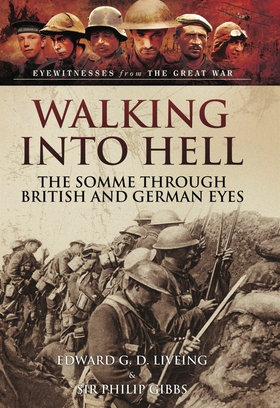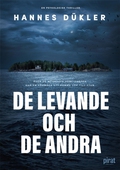
Lägg till önskelistan
Walking Into Hell e-bok
Pris
115 kr
The 1st July 1916 was the blackest day in the history of the British Army when 60,000 unsuspecting men of the British 4th Army advanced into the teeth of a hurricane of German fire. This well-illustrated anthology examines the events of that terrible day from two very different perspectives. The vivid eyewitness account of the battle from the soldier's point of view is provided by Edward Liveing of the London Regiment. After joining the London Regiment in 1914, Liveing was deployed to both Pa...
E-Bok
115 kr
Pris
Förlag
Pen and Sword
Utgiven
17 Februari 2021
Längd
128 sidor
Genrer
Historia & Arkeologi, Biografier & Memoarer, Fackböcker
Språk
English
Format
epub
Kopieringsskydd
Vattenmärkt
ISBN
9781473850156
The 1st July 1916 was the blackest day in the history of the British Army when 60,000 unsuspecting men of the British 4th Army advanced into the teeth of a hurricane of German fire. This well-illustrated anthology examines the events of that terrible day from two very different perspectives. The vivid eyewitness account of the battle from the soldier's point of view is provided by Edward Liveing of the London Regiment. After joining the London Regiment in 1914, Liveing was deployed to both Palestine and to France, where he was wounded at the Battle of the Somme in 1916. This book describes his war on the front line up until his injury on the Somme.
Also on the field that day and engaged in filming the battle for posterity was cameraman Lieut. Geoffrey Malins, who produced the famous documentary film of the battle. At the outbreak of war in 1914, Malins, aged 28, traveled to the Western Front where he acted as a freelance war correspondent, filming newsreels in Belgium and France. 1915 brought a fateful change of direction for Malins when he was recruited by the British Kinematograph Manufacturers Association to make a film of the preparations and the execution of a battle on the Western Front. This proved to be a dangerous business and by the end of the first year Malins, now with the rank of Lieutenant, had found himself deafened, gassed and twice wounded in the line of duty. Malins continued his work as a wartime cameraman before he was discharged from the army in 1918, having suffered bad health for sometime previously.
These two contrasting accounts provide a remarkable insight into the chaotic events as they unfolded on the battlefield and provide the reader with two very different views of the battle as well as the visual records as produced by Malins, and the other photographers and artists at work on the Somme that day.




